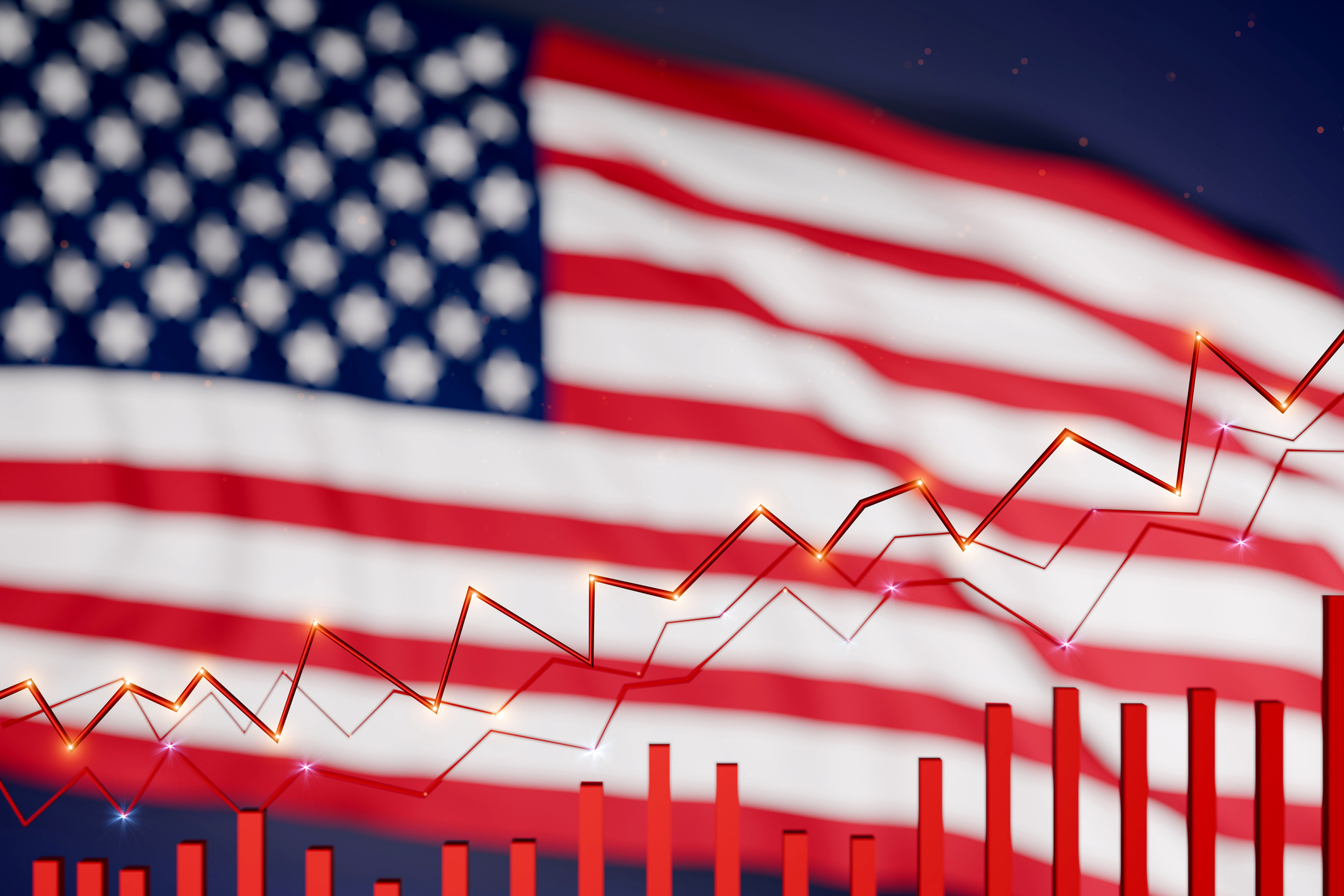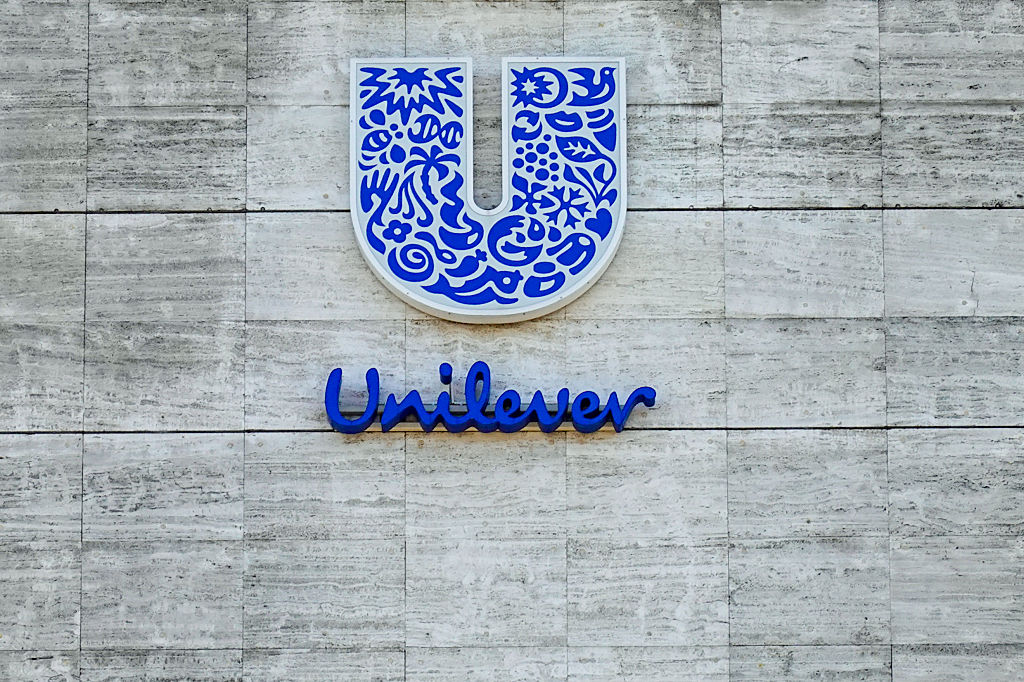How to approach active ETFs
Active ETFs have several advantages over other forms of open-ended investment vehicles, says David Prosser


If you’ve ever put cash into an exchange-traded fund (ETF), it is likely to have been a passive investment: a fund that tracks a particular stock market index up and down, rather than actively trying to beat it. These vehicles have invested this way for so long that the terms “ETF” and “passive” have become almost synonymous. Now, however, that is changing.
New data from financial-data service Morningstar Direct reveals that fund managers launched 476 actively managed ETFs in Europe and the US during the first half of the year, and only 234 new passive ones. Passive ETFs still account for $13 trillion of assets under management in the US and Europe, with only $1.2 trillion held in active funds. But the latter figure has more than doubled since the end of 2023, against 39% growth of passive ETF assets.
“Active ETFs have generated a lot of attention and launches are becoming more commonplace across Europe,” says Alex Watts, senior investment analyst at the investment platform Interactive Investor. “In the US, where adoption of the wrapper for active strategies has been quicker, there are now a greater number of active ETFs than conventional passive ETFs, although assets under management in the latter still far surpass the former.”
MoneyWeek
Subscribe to MoneyWeek today and get your first six magazine issues absolutely FREE

Sign up to Money Morning
Don't miss the latest investment and personal finances news, market analysis, plus money-saving tips with our free twice-daily newsletter
Don't miss the latest investment and personal finances news, market analysis, plus money-saving tips with our free twice-daily newsletter
What's driving the active ETF trend?
First things first. It’s important to remember that an ETF is not an investment in its own right. Rather, it’s a structure or wrapper for holding a portfolio of underlying assets. Like alternative structures such as unit trusts, open-ended investment companies (Oeics) and investment trusts, ETFs enable investors to pool their money in a single fund; a professional manager then invests that money according to the fund’s mandate. That might be anything from a directive to invest in mainstream UK or US equities to something more esoteric.
ETFs turn 35 this year and have always been associated with passive investment. That’s partly because the first ETFs were developed in response to the global stock market crash of 1987. Analysts reasoned that market sell-offs might not have been so pronounced if a wider range of investors had owned diversified portfolios of equities; early ETFs, including the very popular S&P 500 SPDR, aimed to enable that broader ownership through funds that tracked the whole of the stock market.
The fact that the ETF industry has developed during a period when many investors have turned their backs on active management has also fuelled the notion that ETFs are purely passive vehicles. Investors who have grown wary of expensive active funds that fail to beat the market have turned to low-cost index trackers instead. ETF managers have responded to that demand.
In practice, however, there is nothing about the structure of an ETF that limits it to passive investment. Active ETFs operate in exactly the same way as any other collective fund that has a goal of beating the market in which it invests. The manager buys and sells holdings according to their views about what will drive outperformance. As Morningstar’s data underlines, this is a fast-growing sub-sector of the ETF market. The biggest names in active ETFs currently include JPMorgan, Amundi, Fidelity and BlackRock, but more managers are joining them. Jupiter and Lazard have both launched their first active ETFs this year. Aviva Investors is not far behind them.
It’s the advantages of the ETF structure that is driving this trend argues Tom Bailey, head of research at HANetf, the specialist ETF business. “The ETF wrapper is what investors want, whether they’re looking for a passive or an active investment strategy,” Bailey says. “Awareness of the benefits of ETFs continues to grow.”
Benefits of active ETFs
In particular, investors buying ETFs get much more transparency on price. The price of a stock market-listed ETF is available in real time, with investors given upfront information about what they’ll need to pay to get into the fund. By contrast, mutual funds such as unit trusts and Oeics are priced at the end of each trading day; investors won’t typically know exactly what they’re paying for the fund until after the transaction has competed. “There aren’t many products where customers are expected to agree to buy without knowing the exact price at the time of purchase,” says Bailey.
With many European ETFs, there’s also a tax benefit. Most of these funds are domiciled in Ireland, enabling them to pay lower withholding tax on dividends from US shares – typically 15% instead of 30% – through a treaty between these two countries. Over time, this tax efficiency can make a real difference to returns, especially for ETFs with a great deal of US equity exposure.
Another argument for active ETFs is a more technical one. The Bank for International Settlements (BIS) notes that the fact that ETFs are listed on a stock exchange makes it easier for investors to hold managers to account. For example, it is possible to sell ETF shares short. That leads to increased discipline compared with mutual funds, the BIS concluded, with ETF managers more likely to be forced out following a period of underperformance. In theory, that should lead to better long-term returns. Naturally, there are no guarantees. “As with other types of active funds, the ultimate success or failure of an ETF is down to the skill of the manager picking the stocks,” says Ben Yearsley, a director of wealth-management firm Fairview Investing.
Do active ETFs have any downsides?
It should also be pointed out that the ETF structure comes with certain downsides. These funds are open-ended – meaning the manager creates new shares or cancels them as investors buy or sell – which can cause problems in the context of their stock market listings. ETFs only function effectively when used to hold very liquid asset classes, such as mainstream equities and bonds. For investors looking for exposure to other asset classes, such as illiquid infrastructure, property or private equity, say, a close-ended investment trust will usually be a better option.
There’s also the question of cost. Passive ETFs are cheap to run and have often competed on the basis of ultra-low charges. Actively managed funds, by contrast, require significant resources, from costly research to the manager themselves. “Active ETFs are typically priced similarly to investment trusts and the cheaper end of the Oeic market,” adds Yearsley.
“This may hinder the long-term growth of active ETFs, because there is a mismatch between perception and reality on costs.” In other words, investors who have always thought of ETFs as cheap may baulk at being asked to pay more, even if they’re actually getting more for their money.
Nevertheless, ETF experts expect more managers to expand their active fund ranges. “For fund houses, it makes sense to offer strategies across multiple wrappers – Oeics, investment trusts and ETFs,” says Bailey. “As the ETF wrapper becomes more familiar, particularly with younger investors, the logic of meeting the investor where they are is clear.”
Regulatory reform is also helping. Traditionally, one factor militating against the use of ETFs for active investment strategies has been the way that stock-market-listed funds are regulated. Until recently, funds listed on public stock exchanges were required to publish full details of their entire portfolios on a daily basis. For active managers seeking to outperform their competitors or to build up positions in new holdings, that was problematic. However, US regulators eased the rules on disclosure in 2019 – with other jurisdictions, including Ireland and Luxembourg, subsequently following suit – which has helped with this issue.
ETFs remain more transparent than other types of collective vehicle, with managers publishing extensive data on their holdings. Indeed, this is another attraction for many investors in these vehicles. However, active managers are no longer required to provide a running commentary on every aspect of their investment strategy, easing their concerns about this type of wrapper.
One key question is what active means at a particular fund. “[A] simple definition is an ETF where a manager is making investment decisions in order to outperform a given benchmark, rather than just replicate the return from it,” points out Watts.
Understanding active ETFs
There are certainly variations on the theme. Some active ETFs are active in the traditional meaning of the word, with managers running unconstrained investment processes. Others are much more limited, relying on computer-driven strategies that move away from benchmark indices to a minimal extent.
Sometimes described as “shy active” or “benchmark-aware” ETFs, these funds tend to be cheaper, but aren’t active in the conventional sense. That’s not a problem, if investors understand the fund’s mandate, but the performance of such an ETF is unlikely to deviate significantly from the benchmark.
The key, as always in investment, is to understand what you’re buying. In large part, the trend towards active ETFs represents a view that active investment strategies can be worth paying for. Assuming you can identify a good manager, you’re accessing the potential to outperform the market – including at times when asset prices are falling, when an active strategy may be able to offer some protection.
If you buy that argument, there is then a decision to make about the best structure for accessing active management, particularly as growing numbers of managers now offer near identical funds under several different wrappers. Watts believes there is a clear case to be made for the ETF structure. “Active ETFs are an exciting development for investors given the ease of trading and live pricing throughout the day versus a generally slower process of purchasing mutual funds with non-continuous pricing.”
This article was first published in MoneyWeek's magazine. Enjoy exclusive early access to news, opinion and analysis from our team of financial experts with a MoneyWeek subscription.
Get the latest financial news, insights and expert analysis from our award-winning MoneyWeek team, to help you understand what really matters when it comes to your finances.

David Prosser is a regular MoneyWeek columnist, writing on small business and entrepreneurship, as well as pensions and other forms of tax-efficient savings and investments. David has been a financial journalist for almost 30 years, specialising initially in personal finance, and then in broader business coverage. He has worked for national newspaper groups including The Financial Times, The Guardian and Observer, Express Newspapers and, most recently, The Independent, where he served for more than three years as business editor.
-
 8 of the best properties for sale with indoor gyms
8 of the best properties for sale with indoor gymsThe best properties for sale with indoor gyms – from a four-storey mews house in London’s Knightsbridge, to a 1920s Arts & Crafts house in Melbury Abbas, Dorset
-
 Top stock ideas for 2026 that offer solidity and growth
Top stock ideas for 2026 that offer solidity and growthLast year’s stock ideas from MoneyWeek’s columnist and trader, Michael Taylor, produced another strong performance. This year’s stocks look promising too
-
 Top stock ideas for 2026 that offer solidity and growth
Top stock ideas for 2026 that offer solidity and growthLast year’s stock ideas from MoneyWeek’s columnist and trader, Michael Taylor, produced another strong performance. This year’s stocks look promising too
-
 Stock markets have a mountain to climb: opt for resilience, growth and value
Stock markets have a mountain to climb: opt for resilience, growth and valueOpinion Julian Wheeler, partner and US equity specialist, Shard Capital, highlights three US stocks where he would put his money
-
 SRT Marine Systems: A leader in marine technology
SRT Marine Systems: A leader in marine technologySRT Marine Systems is thriving and has a bulging order book, says Dr Michael Tubbs
-
 Goodwin: A superlative British manufacturer to buy now
Goodwin: A superlative British manufacturer to buy nowVeteran engineering group Goodwin has created a new profit engine. But following its tremendous run, can investors still afford the shares?
-
 A change in leadership: Is US stock market exceptionalism over?
A change in leadership: Is US stock market exceptionalism over?US stocks trailed the rest of the world in 2025. Is this a sign that a long-overdue shift is underway?
-
 A reckoning is coming for unnecessary investment trusts
A reckoning is coming for unnecessary investment trustsInvestment trusts that don’t use their structural advantages will find it increasingly hard to survive, says Rupert Hargreaves
-
 Metals and AI power emerging markets
Metals and AI power emerging marketsThis year’s big emerging market winners have tended to offer exposure to one of 2025’s two winning trends – AI-focused tech and the global metals rally
-
 British blue chips offer investors reliable income and growth
British blue chips offer investors reliable income and growthOpinion Ben Russon, portfolio manager and co-head UK equities, ClearBridge Investments, highlights three British blue chips where he'd put his money